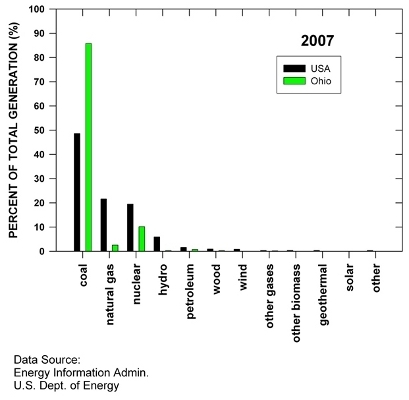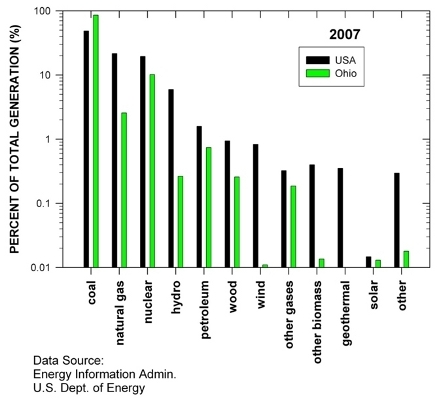Research Interests and Activities
Ultrafast Spectroscopy and Advanced Assembly of Photovoltaic Materials
The conversion of sunlight ("photo") to electricity ("voltaic") clearly represents the most promising source for the clean energy we'll need to continue to improve quality of life for Earth's population. Although other energy sources must and will be utilized as we move ahead toward improved technologies -- technologies which minimize the impact on our air, water, soil, and wild areas -- a friend has pointed out to me the following important point: There is no solution to the clean energy challenge without solar energy; on the other hand, solar energy alone could ultimately provide all of our energy needs.
The economical generation of electrical power from sunlight in the ultraviolet, visible, and infrared regions presents significant challenges requiring expertise from a wide variety of expertise, including chemists, physicists, materials scientists, electrical and optical engineers, and theoretical scientists. In essence, economically practical solar cells are complicated systems in which everything must be fine-tuned to work optimally.
My research focuses on two interesting aspects of solar energy conversion (or "photoconversion") in nanostructured and molecular-scale absorbers: (1) understanding the ultrafast processes which, within about two picoseconds of the photon absorption, convert the initially highly-electronic excited state to a state consisting of a combination of electronic and thermal energy within the absorbing material; and (2) developing methods for the controlled assembly of nanostructured and molecular scale absorbers to fabricate films designed for simultaneously efficient and inexpensive photoconversion.
Among the essential processes occurring in any solar energy conversion system are light absorption, charge carrier relaxation, charge separation, charge transfer, and charge or energy transport. We apply ultrafast laser spectroscopy (time resolution of ~50 femtoseconds) to study these optical, electronic, and thermal processes in systems consisting of nanostructured and molecular chromophores. By measuring the ultrafast dynamics of charge carrier relaxation, charge transfer, energy transfer, and coherent lattice vibrations, one gains remarkable insight into the nature of the inefficiencies inherent in most processes by which sunlight is converted to fuels and electricity. One main goal concerns understanding and overcoming the mechanisms of energy loss, by which we may reduce the fraction of absorbed sunlight being converted to heat, an undesirable byproduct of all solar cells.
Normally in a semiconductor material, absorption of a photon with energy greater than the lowest absorption energy is lost to heat by creating vibrational energy (as phonons, which make up thermal energy, or heat). Recent research, conducted at NREL with colleagues Matt Beard, Justin Johnson, James Murphy, Joseph Luther, Matt Law, Kelly Knutsen, and others -- in the group of Arthur Nozik, has focused on the characterization of a unique and important charge carrier multiplication process observed in certain molecules and semiconductor QD materials. These processes are termed “singlet fission” when occurring in molecules and “multiple exciton generation” (MEG) when occurring in QDs. In QDs of PbSe and PbS, MEG results in as many as three excitons per absorbed photon at high photon energies. The result represents important evidence for partially bypassing the normal phonon-based relaxation process, and presents the possibility that we can generate photocurrent at significantly higher levels and ultimately achieve meaningful enhancement in solar energy conversion efficiency.
Here at UT, the Ellingson research group will continue these efforts within the environment of strong facilities afforded by the developing Wright Center for Photovoltaics Innovation and Commercialization (PVIC), and within the strongly collaborative and growing team of excellent physical, chemical, and materials scientists addressing various aspects of photoconversion science and technology at UT.
 |
 |
| Standard (left) and logarithmic (right) graphs prepared by B. Martner of Lafayette, CO |

